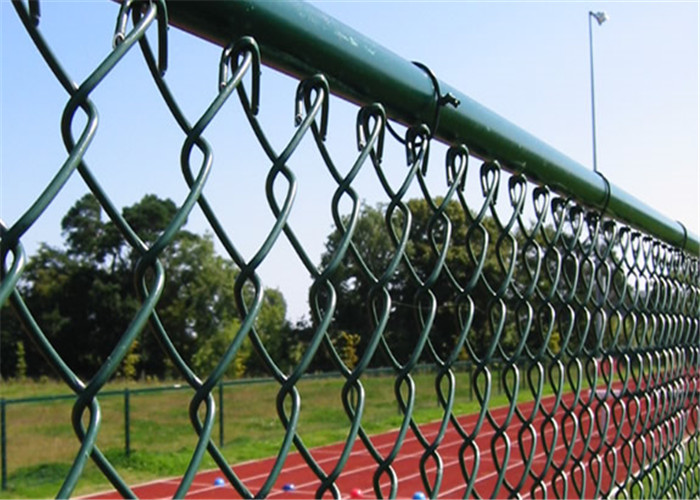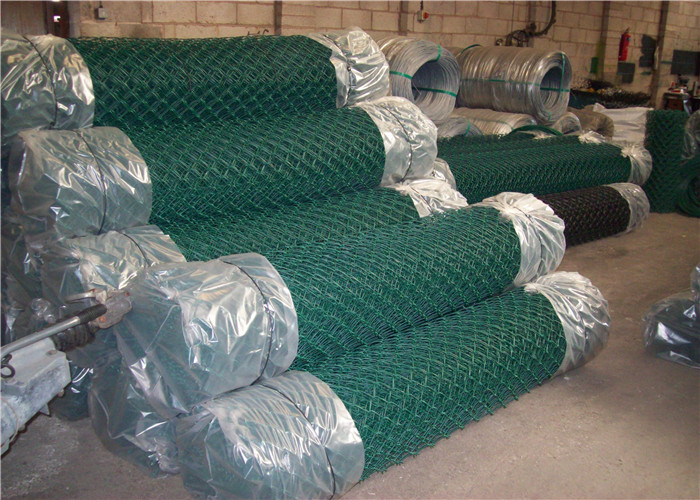V. Pinhole
The phenomenon of pinholes is the biggest headache for screen printing workers. If it is the printing of opaque objects such as billboards and thick paper, such holes that are not easily observed are generally not a problem. However, when precise printing is performed on aluminum plates, glass, and acrylic plates, post-processing and etching processes are not allowed to generate pinholes. In addition, the reasons for the occurrence of pinholes are also varied. Many of them are reasons that cannot be explained at present, and some are still problems with quality management. Pinholes are one of the most important inspection items in the inspection of printed products.
1 Dust and foreign objects attached to the plate. At the time of plate making, there are some sols mixed into the water wash image. In addition, when the emulsion is applied, dust may be mixed in, and pinholes may be formed on the screen. These tests can be found and repaired promptly if they are checked. If dust and foreign matter adhere to the screen, blocking the screen openings can also cause pinholes. Before the official printing, if the use of strong ink absorption paper, after several printing, you can remove the dust from the plate.
2 substrate surface cleaning. Aluminum plates, glass plates, acrylic plates, etc. should be pre-treated to make their surfaces clean before printing. After the substrate has been pretreated, it should be printed immediately. In multicolor printing, a method of rubbing with alcohol prior to printing is generally used. In addition, semi-automatic and fully automatic ultrasonic cleaners can also be used. After pre-treatment, dirt such as grease can be removed, and dust attached to the surface can also be removed.
Washing machine detergent is often mixed with broken fibers, this detergent is soluble in alcohol, when cleaning the surface of the substrate, it tends to form a thin surfactant film, when the ink is printed on the film pinholes occur. Therefore pay special attention when using cleaning agents and alcohol. When carrying the substrate by hand, the fingerprint of the hand will also adhere to the printed surface, forming pinholes during printing.
Plastic Coated Chain Link Fence
ŸPlastic coated Chain Link Fence, is a woven wire fence with diagonal mesh. This wire fence is made from Plastic Coated Wires provided with a galvanized core, resulting in double protection against rust. It is available in various colours, the most frequently used colours are: RAL 5018 – blue, RAL 6005 – green, RAL 9005 – black.
-
Material: Electro galvanized+PVC coated, electro galvanized + PE coated.
- Packing: Make each end plastic bag or woven bag.
- Usage: widely used in super highway, airport, sport yard, garden.
ŸThe
top and bottom of this fence can be formed by a knuckle or twistedge (see illustrations
Type A and Type B).
|
1" |
1.5" |
2" |
2-1/4" |
2-3/8" |
2-1/2" |
2-5/8" |
3" |
4" |
|
|
25mm |
40mm |
50mm |
57mm |
60mm |
64mm |
67mm |
75mm |
100mm |
|
|
Wire diameter |
1.0/2.0mm |
1.5/2.5mm, 1.8/2.8mm, 2.0/3.0mm |
2.0/3.0mm |
||||||
|
Length of roll |
0.50m-100m(or more) |
||||||||
|
Width of roll |
0.5m-5.0m |
||||||||
|
Edge finish |
Type A or Type B opening edge finish as your request |
||||||||
|
PVC coated |
Color: Green, Black, Yellow, etc. |
||||||||
|
Materials and specifications can be made as per customer's requirement |
|||||||||
The
wire thickness can also vary. The most frequent wire thickness is: 1.5/2.5
mm, 1.8/2.8
mm, 2.0/3.0
mm.
The
first size is always the diameter of the galvanized core and the second size is
the outerdiameter of the plastic coated wire.


Plastic Coated Chain Link Fence,PVC Coated Chain Link Fencing,Green Coated Chain Link Fence,PVC Chain Link Fencing
DINGZHOU TIAN YILONG METAL PRODUCTS CO., LTD. , https://www.wiremeshsolution.com